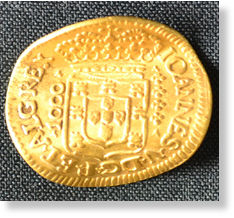OF THE
TIMES
Needless, wanton violence. So sad.
Depopulation agenda is well under way....less stupid humans might be better.
and you thought your wife's back seat driving was annoying....
I do top maintenance on my older vehicle for as long as I can. Fk'em.
...do the Amish take in refugees of tech tyranny ? ;)
To submit an article for publication, see our Submission Guidelines
Reader comments do not necessarily reflect the views of the volunteers, editors, and directors of SOTT.net or the Quantum Future Group.
Some icons on this site were created by: Afterglow, Aha-Soft, AntialiasFactory, artdesigner.lv, Artura, DailyOverview, Everaldo, GraphicsFuel, IconFactory, Iconka, IconShock, Icons-Land, i-love-icons, KDE-look.org, Klukeart, mugenb16, Map Icons Collection, PetshopBoxStudio, VisualPharm, wbeiruti, WebIconset
Powered by PikaJS 🐁 and In·Site
Original content © 2002-2024 by Sott.net/Signs of the Times. See: FAIR USE NOTICE

Doesn't sound like that long ago. Anybody know the cut-off date between archaeology and grave robbing? My aunt was buried with some really nice rings.